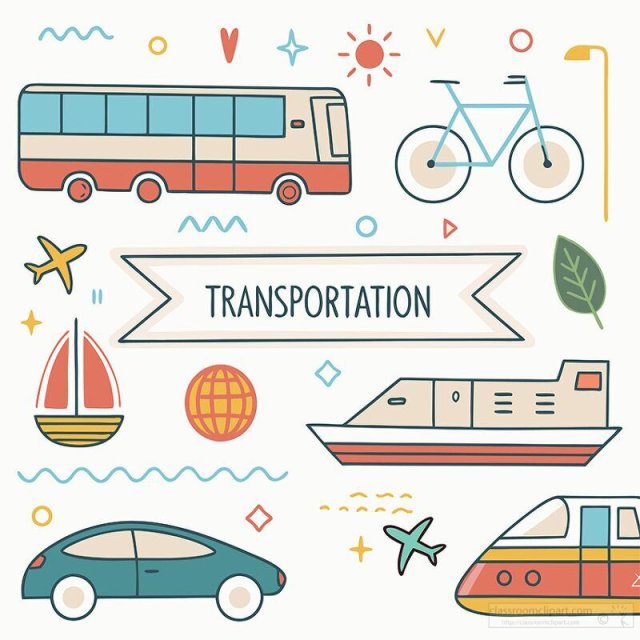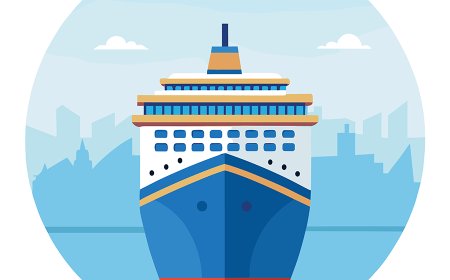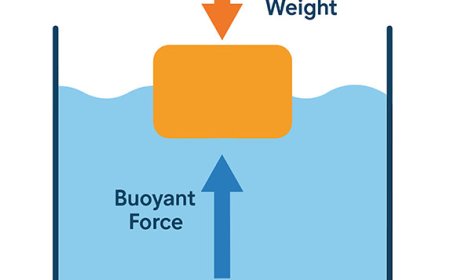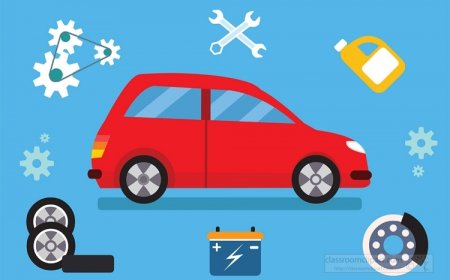How Transportation Got Started
Discover how the wheel and roads were invented and why they changed the world. A fun and educational guide for kids about early transportation history.

🛞 The History of the Wheel and Roads: How We Got Rolling
Summary:
The wheel is one of the most important inventions in human history. It changed how people moved things, traveled, and built civilizations. Along with wheels came roads—pathways made to connect places and help people travel safely. In this article, you’ll discover how the wheel was invented, how roads developed, and why both are still essential today.
🧱 Before the Wheel: Carrying and Dragging
Long before wheels were invented, people moved heavy things by:
- Dragging them along the ground
- Rolling logs under large objects
- Carrying them by hand or on animals like donkeys and camels
These early methods were slow and difficult, especially for moving goods over long distances.
💡 Did You Know? Ancient people used sledges—flat wooden boards—to drag stones for building pyramids.
🛞 The Invention of the Wheel (Around 3500 BCE)
The wheel was invented in Mesopotamia (modern-day Iraq) around 3500 BCE. But the first wheels weren’t used for transportation—they were used as potter’s wheels to make bowls and pots.
Soon, people realized wheels could help move carts, and the wheel-and-axle system was born. This invention made it much easier to move heavy items and travel farther, faster.
Early Wheels:
- Made of solid wood
- Heavy and thick
- Fixed to wooden carts
- Pulled by animals like oxen or donkeys
🛤️ Roads: Making the Way Smoother
As wheeled vehicles became common, people needed better paths to travel on. That’s when roads were created. Early roads were just dirt paths, but they quickly improved.
Ancient Roads:
- Roman roads were famous for being straight, strong, and long-lasting
- Built with layers of stone, gravel, and sand
- Used by chariots, carts, and soldiers
The Romans built over 50,000 miles of roads across Europe! Some of their roads are still used today.
💡 Fun Fact: The phrase “All roads lead to Rome” comes from the Roman road system.
🚗 Wheels Through the Ages
Over time, wheels became lighter, stronger, and faster:
| Time Period | Wheel Change |
|---|---|
| 3500 BCE | Solid wooden wheels invented |
| 2000 BCE | Spoked wheels used on chariots |
| 1700s–1800s | Iron and rubber used in wheel rims |
| 1900s | Inflatable rubber tires invented for cars |
| Today | Alloy wheels, airless tires, smart sensors |
Modern wheels help cars, buses, trains, and even airplanes move safely and smoothly.
🏗️ Modern Roads: From Cobblestones to Highways
Modern roads are made of asphalt or concrete and include:
- Lanes and painted lines for safety
- Traffic signals and signs
- Bridges, tunnels, and ramps
- Highways for long-distance travel
Many cities also have bike lanes and sidewalks to keep everyone moving safely.
🧠 Why the Wheel and Road Changed Everything
The wheel and road together:
- Made it easier to carry heavy goods
- Allowed people to trade over long distances
- Helped build cities and empires
- Led to the invention of cars, trains, and airplanes
Without wheels and roads, we wouldn’t have the modern transportation systems we use every day.
📚 Vocabulary to Know
- Axle – The rod that holds two wheels together and lets them turn
- Potter’s wheel – A spinning tool used to shape clay into pots
- Spoke – The thin bars that connect the center of a wheel to the outer rim
- Roman road – A strong, ancient road built by the Roman Empire
- Asphalt – A sticky black material used to make modern roads
🧒 Kid-Friendly Summary
The wheel was invented over 5,000 years ago and changed everything! It helped people move heavy things and travel faster. Roads were built to make travel smoother and safer. Today, wheels and roads help cars, bikes, and buses move all over the world!























































